Rendering and Modeling in Rhino 5
After learning Solidworks, I decided I wanted to learn Rhino 5, as Rhino offers realistic rendering, modifications (such as grasshopper), and is another way of creating and learning to make geometry in 3D space. Although Rhino lacks the hierarchy tree in Solidworks, I must admit that the command line is an indispensable tool once the user becomes proficient with the commands. It was also very liberating to create geometries in space without parent/child relationships; although Solidworks is very precise, there is something to be said about creating freeform shapes.
Project duration: 1 - 2 Weeks per Model



Glass Cups
As the first assignment, I learned about the Brazil glass material and adjusting the refraction levels to create different effects. It was also interesting to create forms with "Extrude", "Boolean Difference", "Revolve", and Arraying patterns around the object.



Eames Chair
Due to the idiosyncratic and iconic form of the Eames chair, this project was perfect for understanding and mimicking the subtle undulations with Rhino's "Lofts", "Sweeps", and "Arching tools". I enjoyed playing with the illumination textures and settings in creating a pseudo-realistic interior.





Lunch Boxes
For this assignment, we learned to use the "Explode" tool to independently texture and "Bump map" specific points on an object. I also learned to wrap textures around objects and bring textures into Rhino to use.
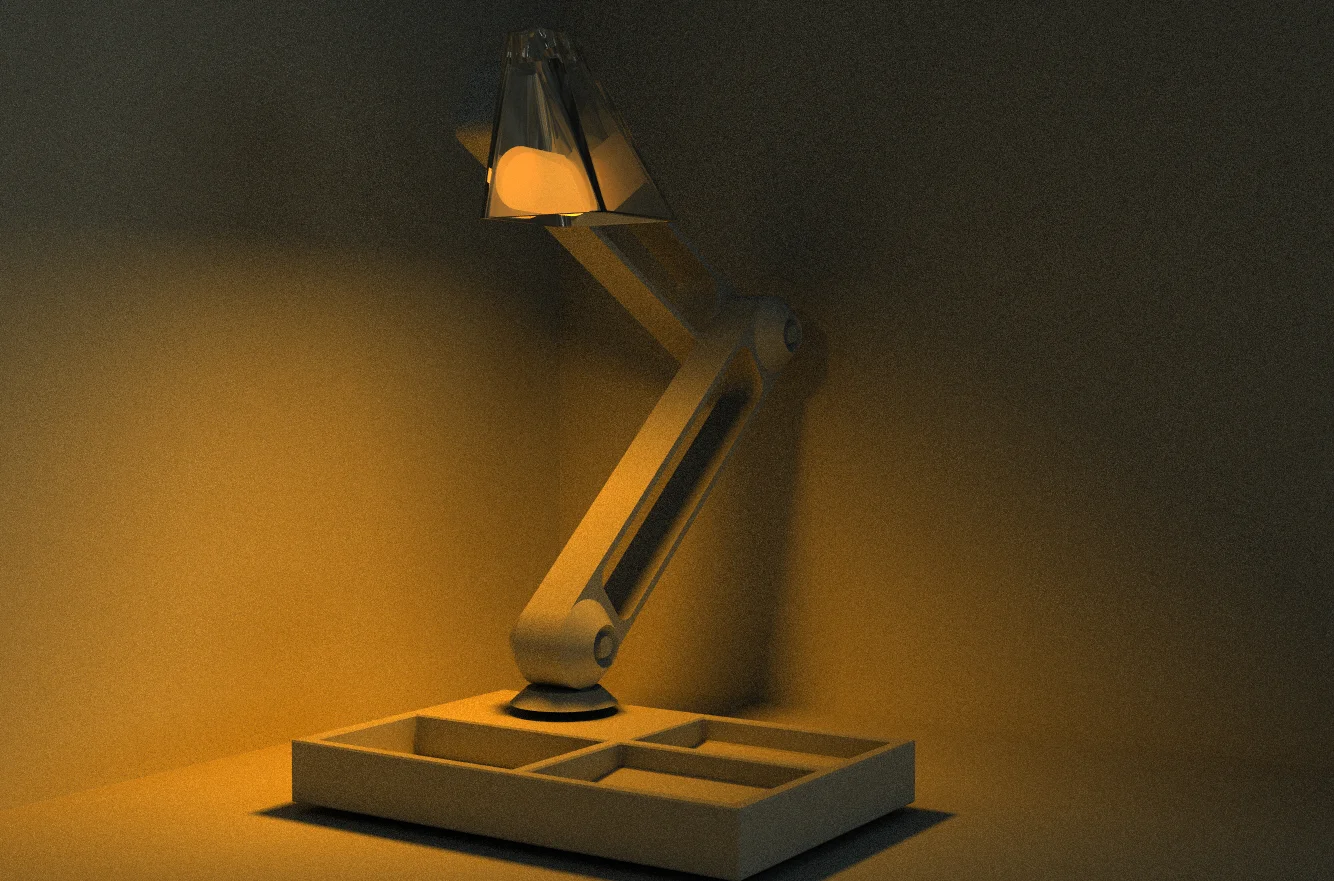

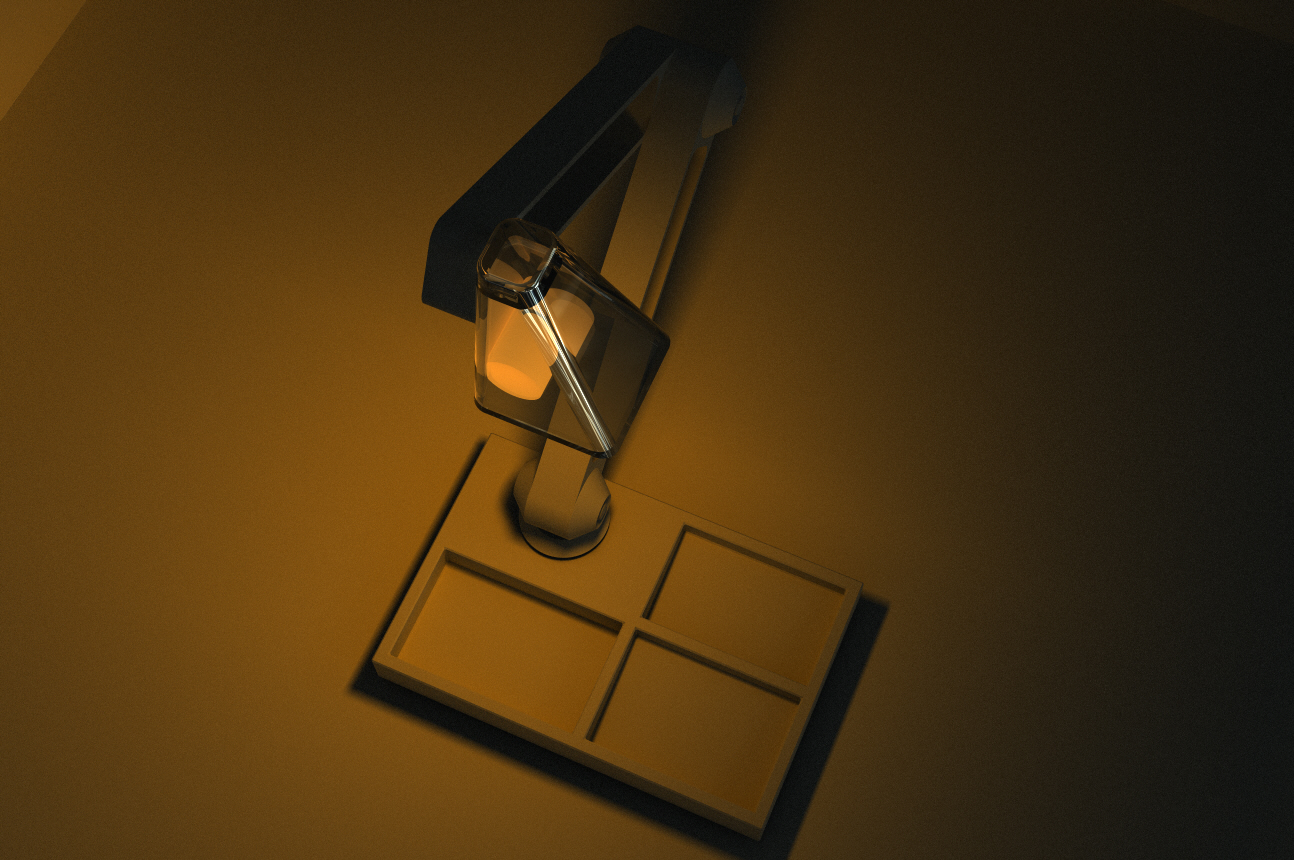
Simple table lamp
This project was much more a refresher on how to create ambient light with the Brazil "brightness" material. In the meantime, I learned "sub-object manipulation", orienting objects to a specific plane, and mirroring the piece to symmetrical parts of the build.





Conceptual Lamp
I wanted to experiment with various materials and geometries to create a Conceptual lamp design. This project pretty much burned up my GPU as "global illumination", "refraction level", Brazil Glass material, and Brazil Chrome material were all factors in the rendering process. The "artifacts" that you see in the images is due the my graphics card miscalculating/ missing areas from "ray-tracing" (at least that's what my professor told me).
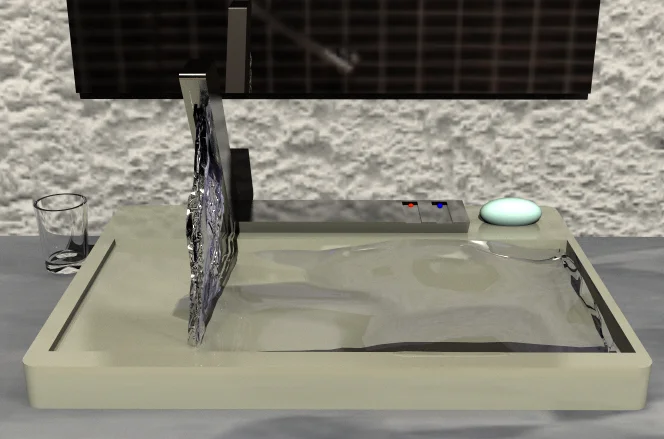


Modern Faucet
I was inspired by a similar faucet I found online. After learning to re-create the form and simulating water, I made a bathroom set piece to add atmosphere and context.
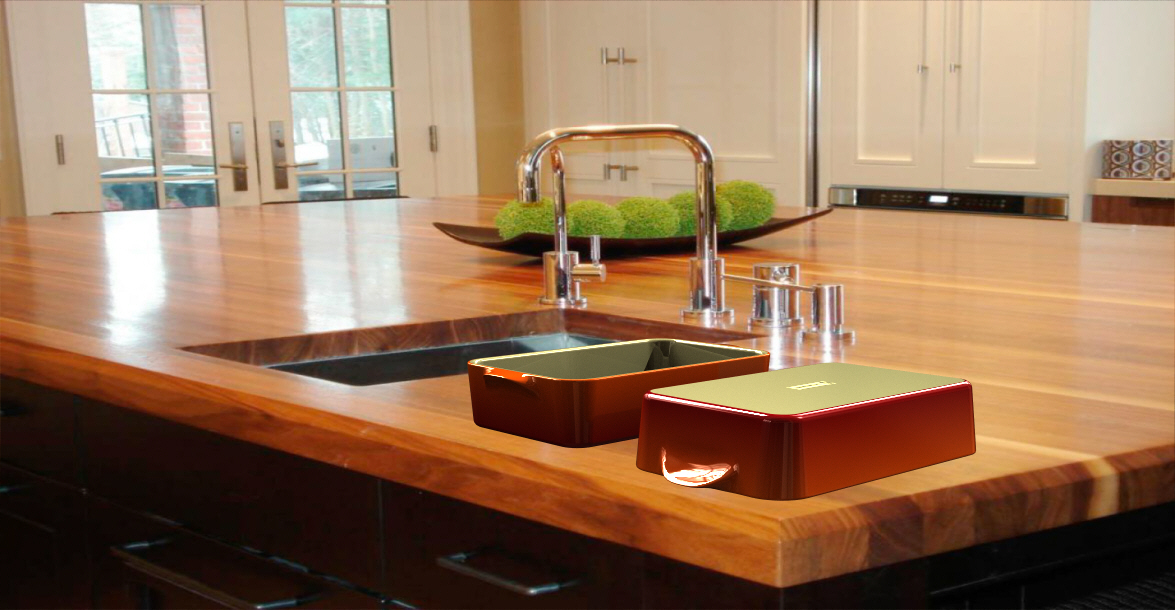


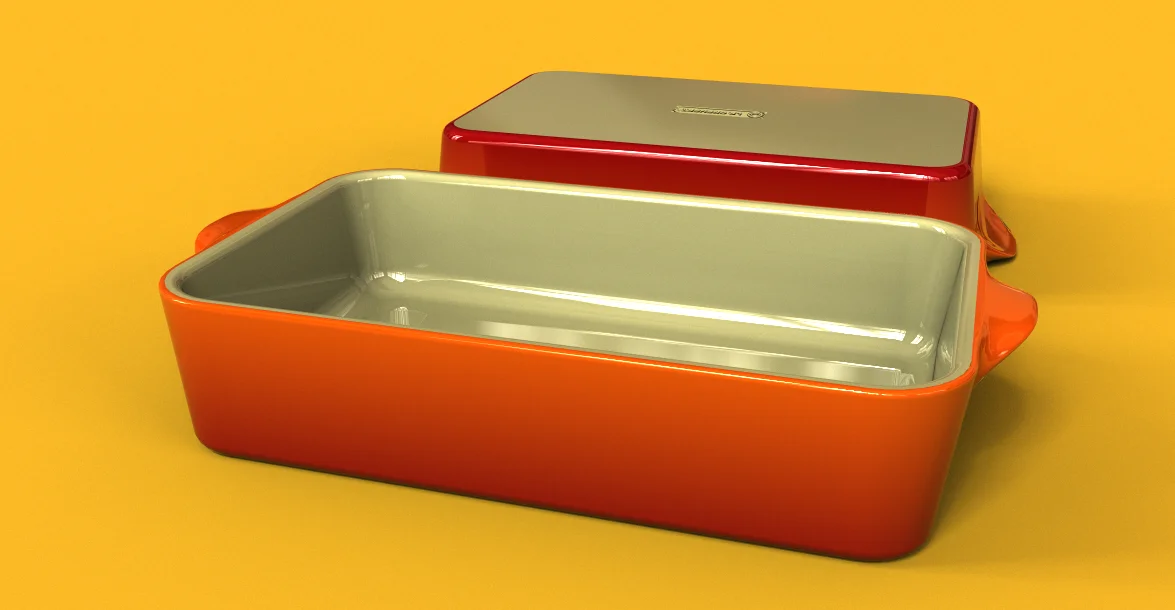
Le Creuset casserole dish
Modeling this piece, I got experience cage editing the handles and the fillets of the edges. In terms of rendering and texturing, I played with the gradient tool to create the unique coloration on the classic brand of kitchenware.
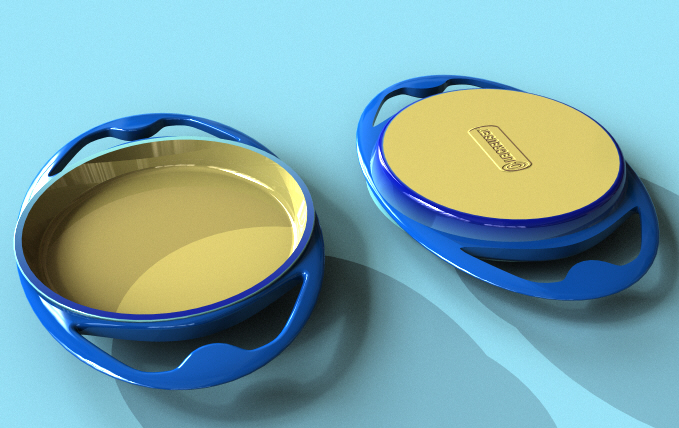
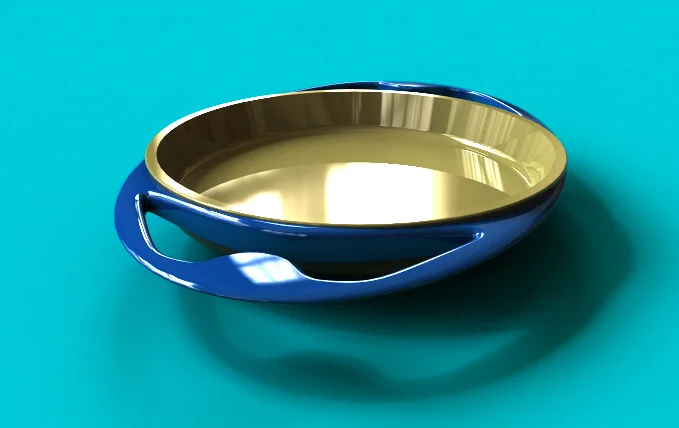
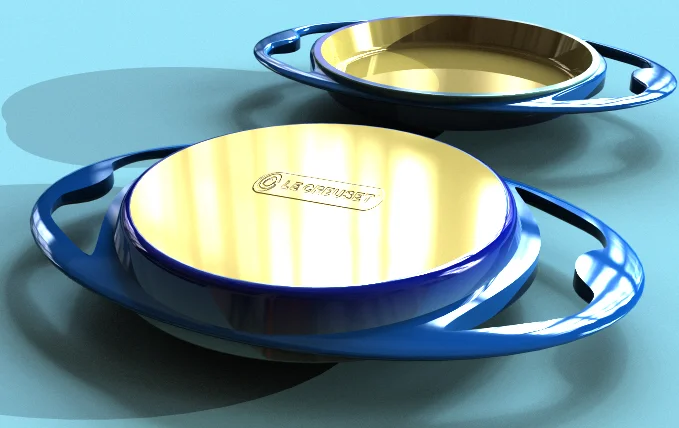
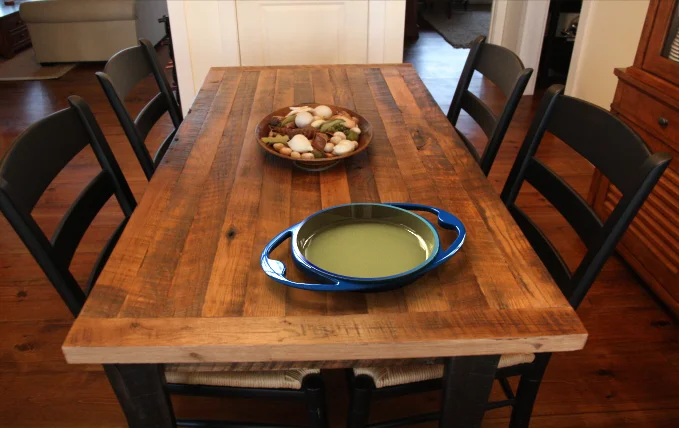
Le Creuset tart pan
As an extension of the previous project, I felt that I didn't fully understand how to cage edit effectively. In the hopes of improving, I chose another Le Creuset product to practice the technique.





Baroque-style headphones
For this assignment, I was told to select a genre of music and create a pair of headphones (ear-bud or ear muff types) according to the stylistic cues of the music in question. I chose classical music, with Tchaikovsky's waltzes in mind. For this model, I received many opportunities to practice "bump mapping" on the exterior of the band and within the inset pattern of the earmuffs.




Le Creuset headphones
I was inspired to create this set of headphones when I was joking with my friends in class: "What if you took the Le creuset dishes you made and made them into headphones"? Well here you go, Jose!

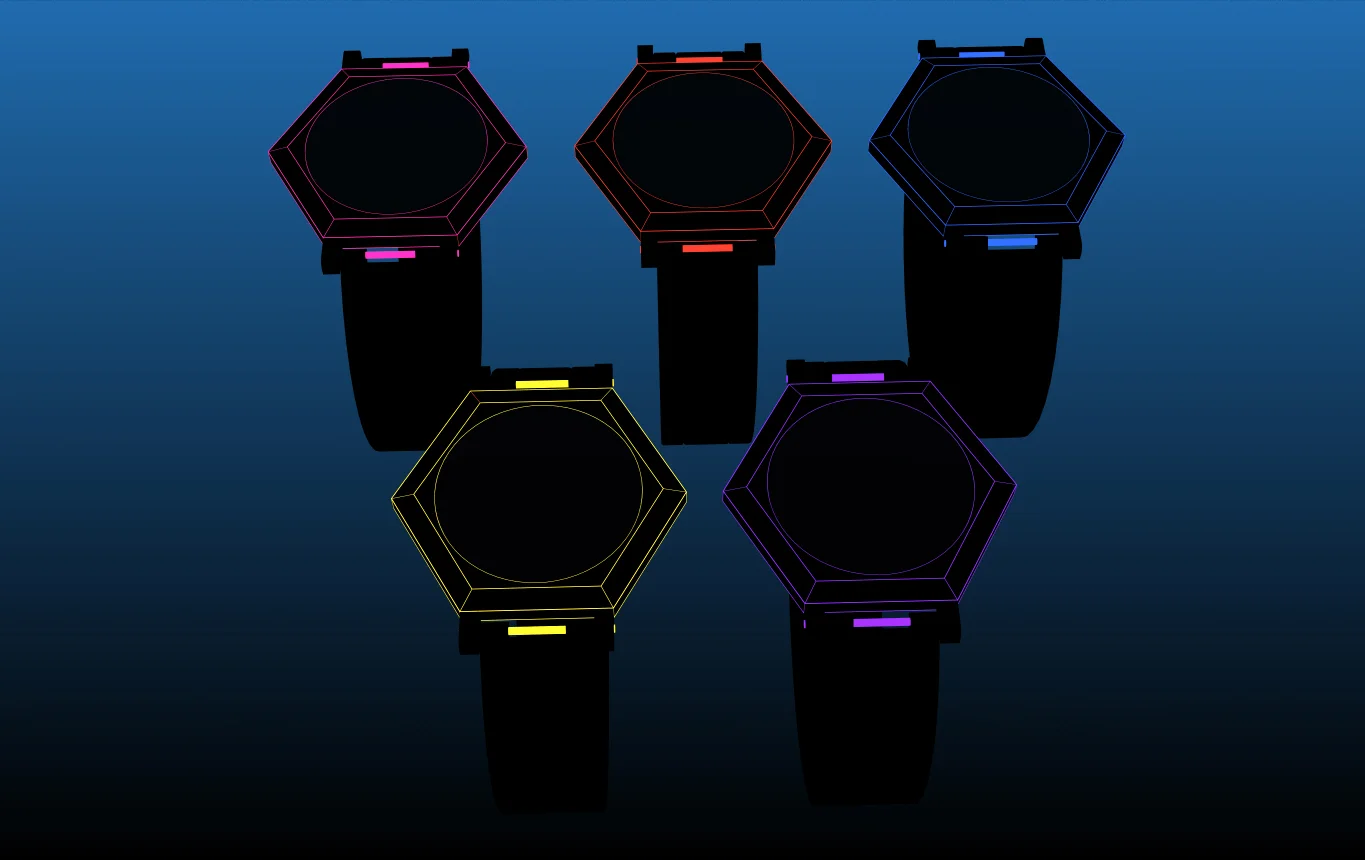

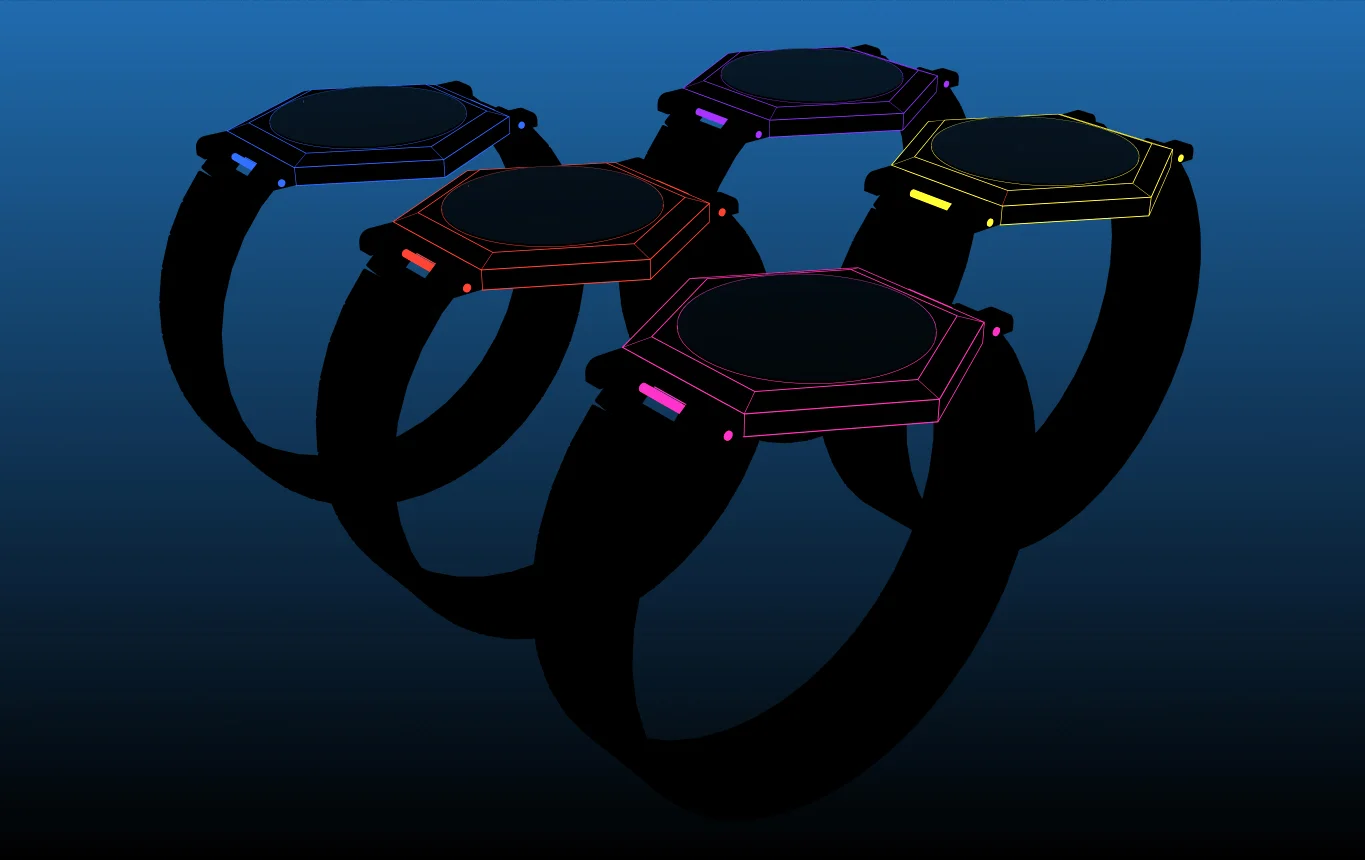
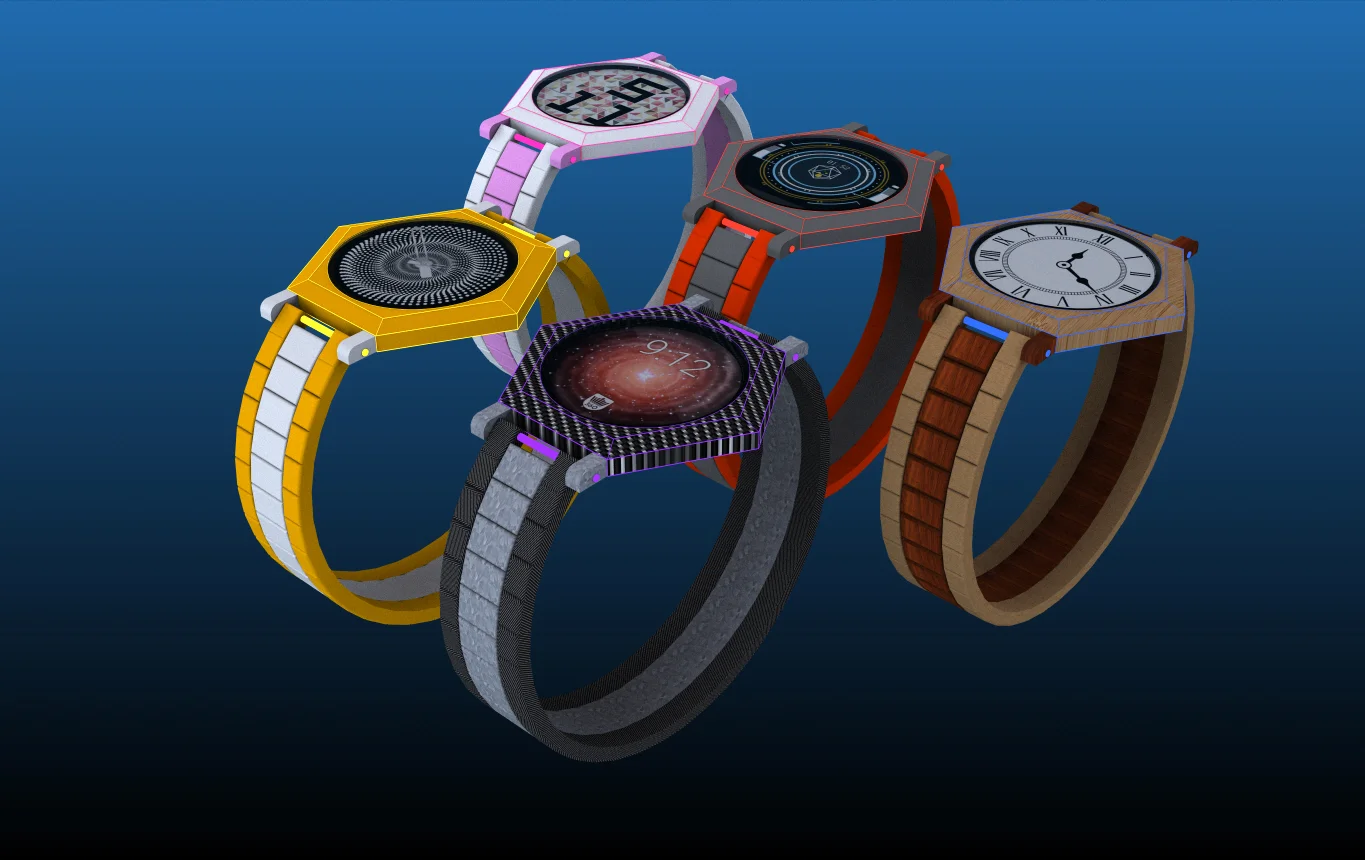
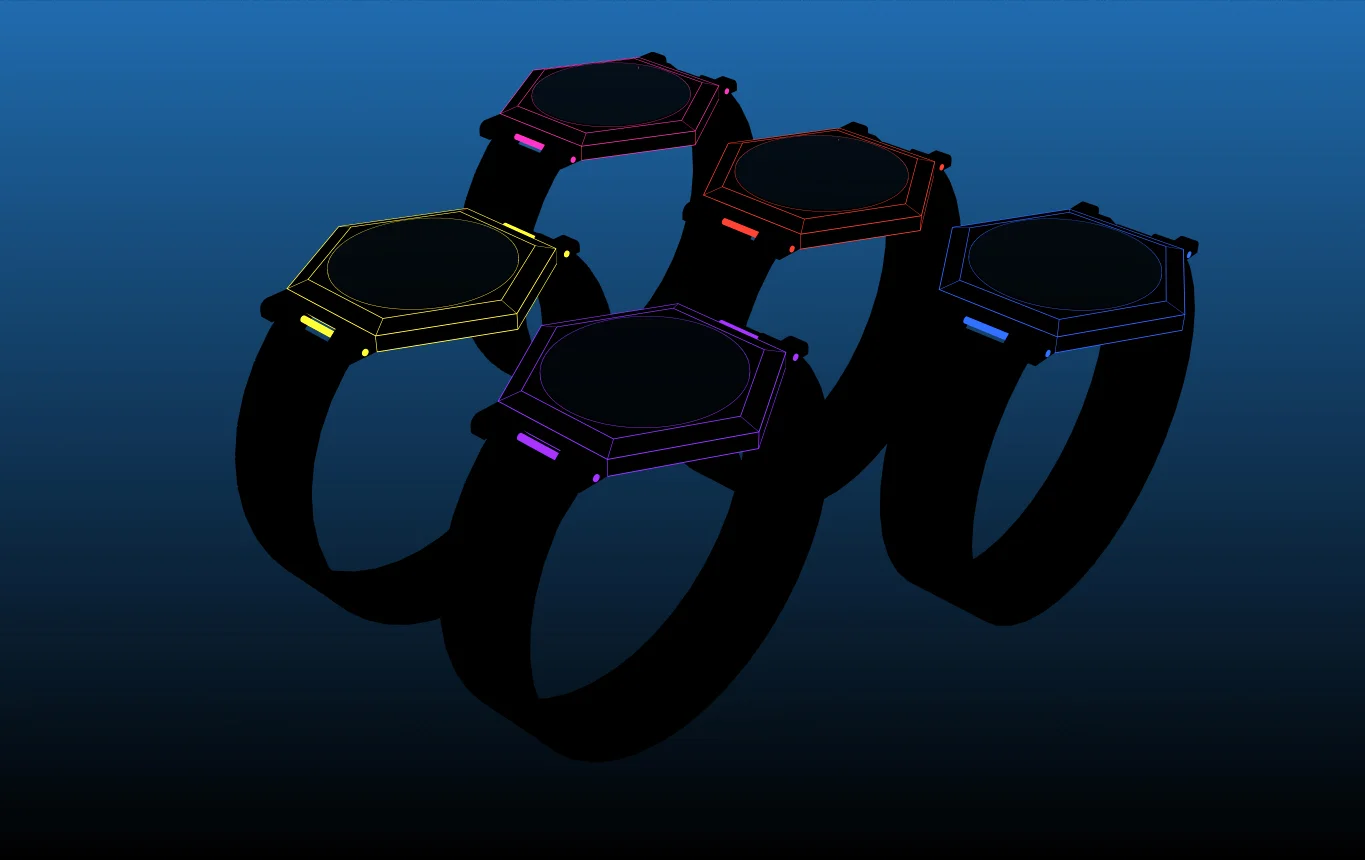
Luminescent-edge hexagonal watches
As I personally like hexagons and other geometries in general, I wanted to create a set of watches with different faces, bands and finishes. As I was making these models, I accidentally changed the edges to a Brazil light material, and thought: "eh, why not"? My favorite part of this project was creating the banded segments on the wrist bands. I found it satisfying to see the segments fit seamlessly on the path I drew.

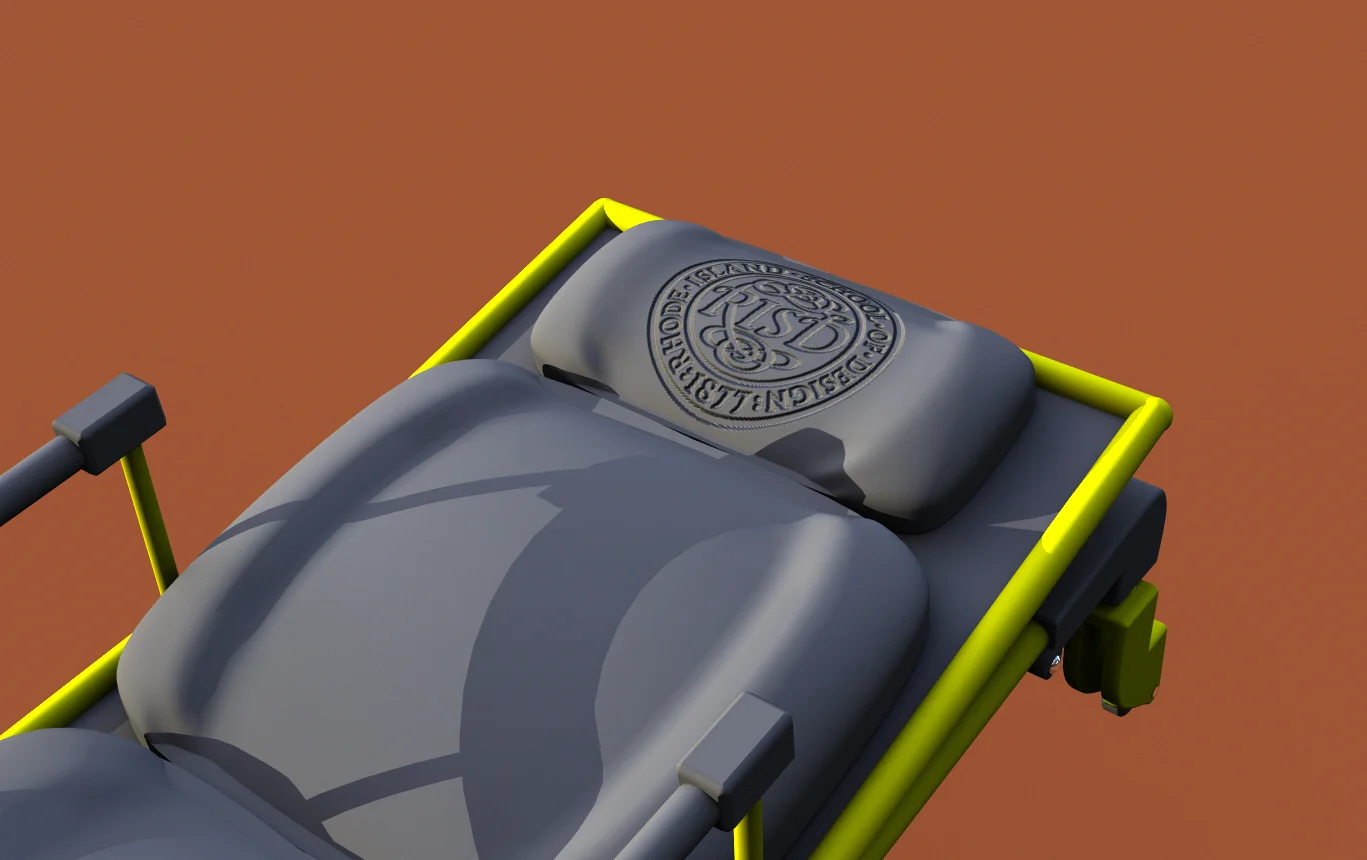




RISD Medical Gurney
After doing so many CAD models, I wanted to do something a little different. Usually, I would reduce the form into simple geometries and use surface manipulation to create complex forms, however, medical gurneys have compound curves and unorthodox parts, perfect for practicing "Lofts", "Sweeps", and surface deformation.
Icons are made by Eucalyp on Flaticon.com


